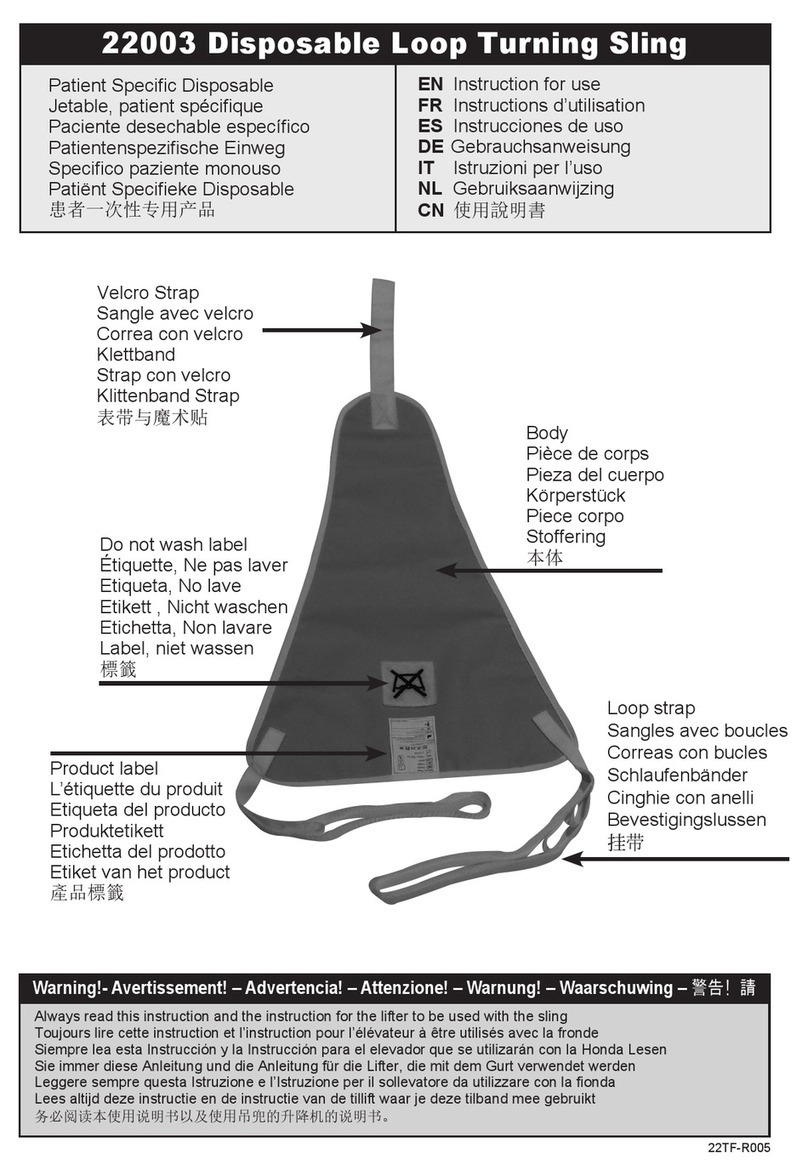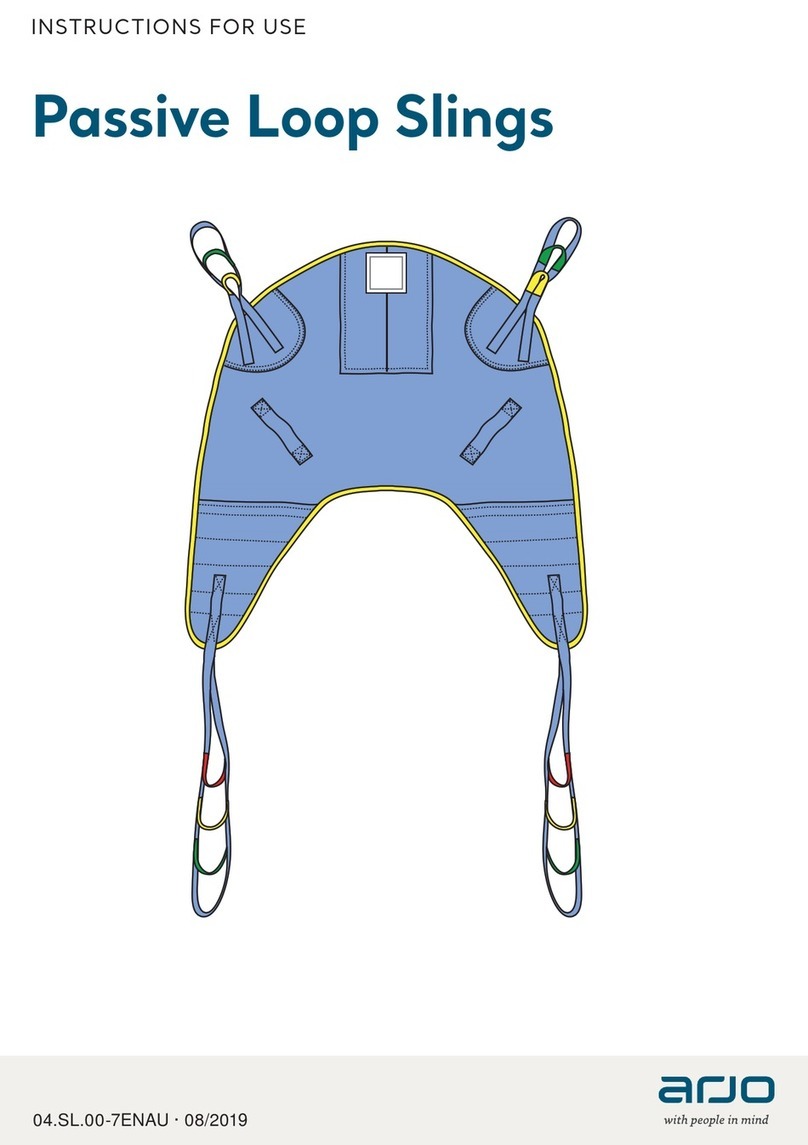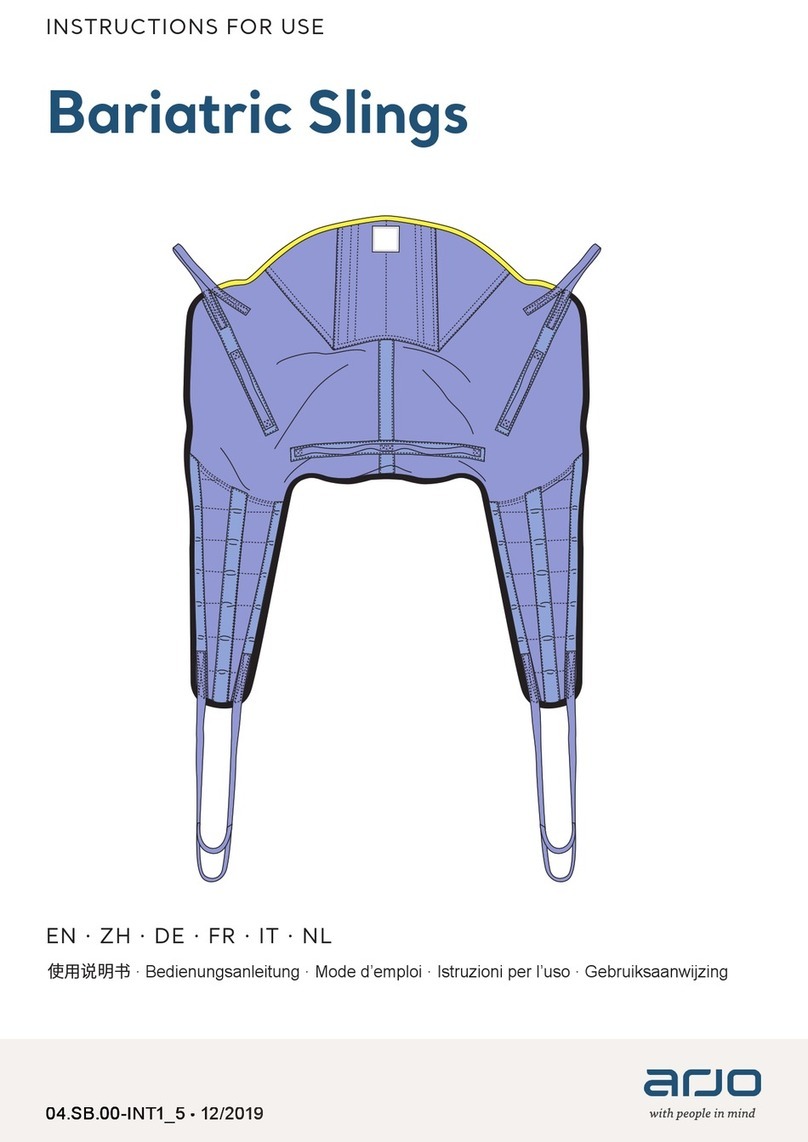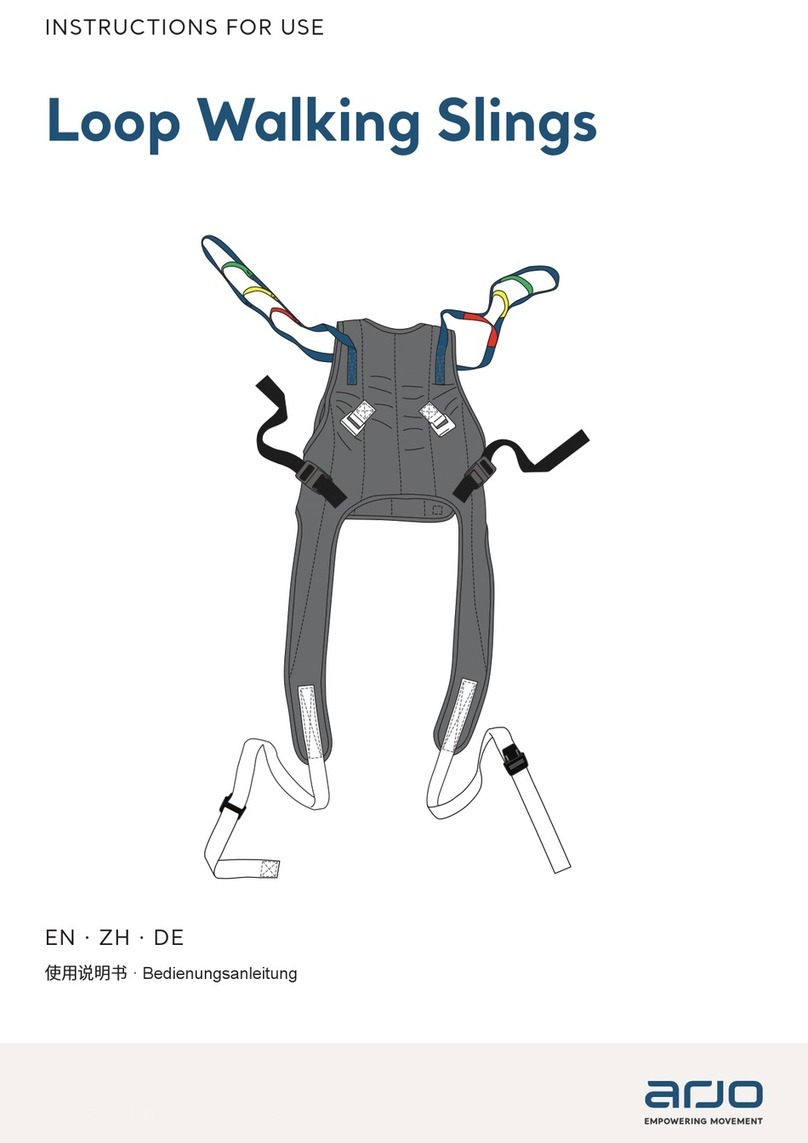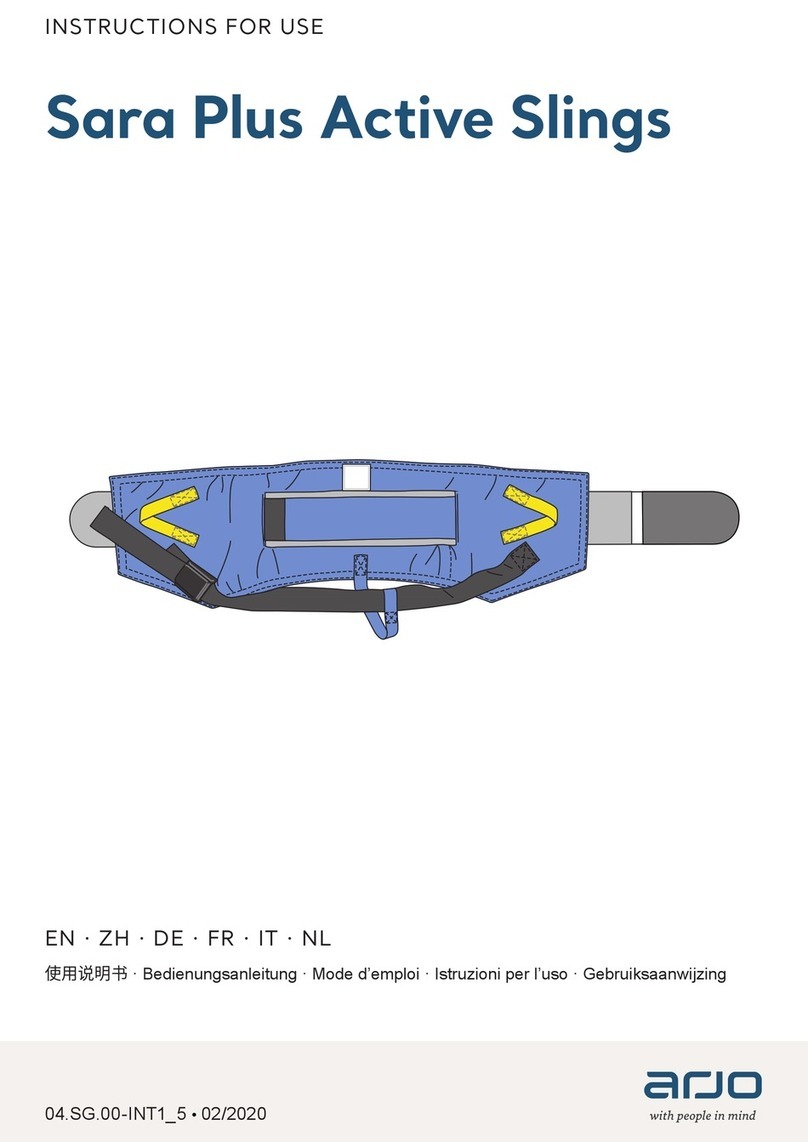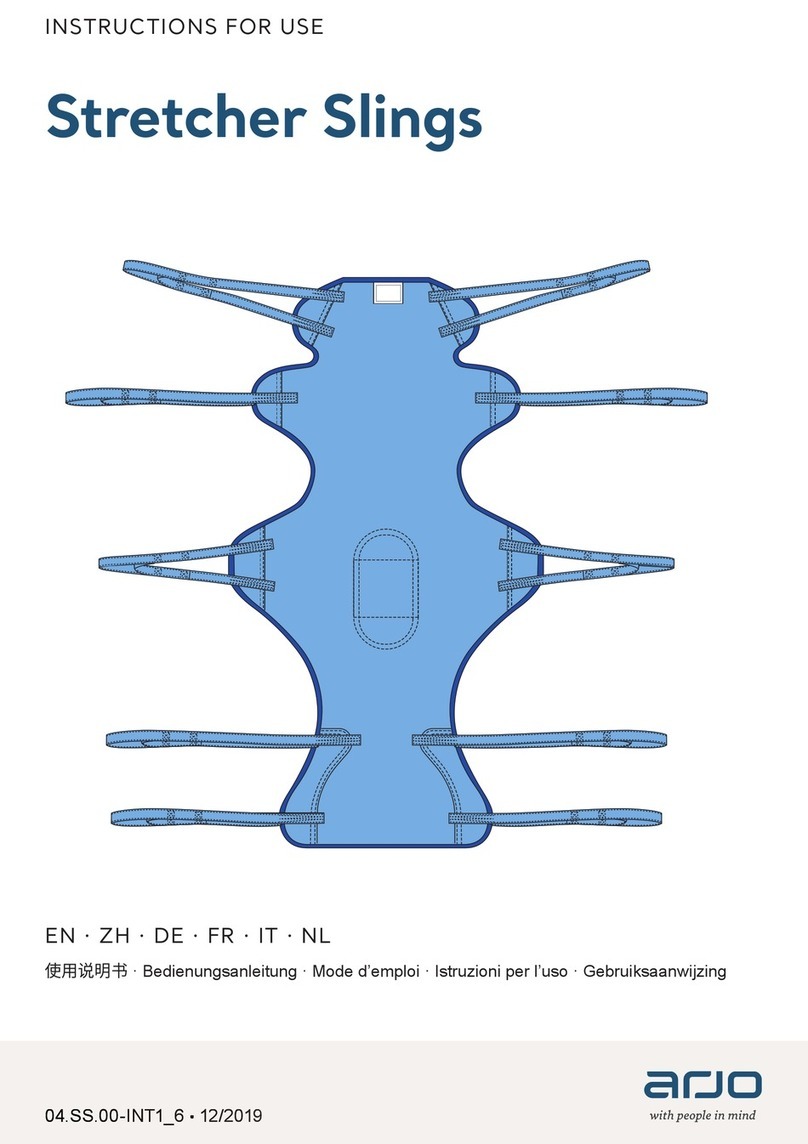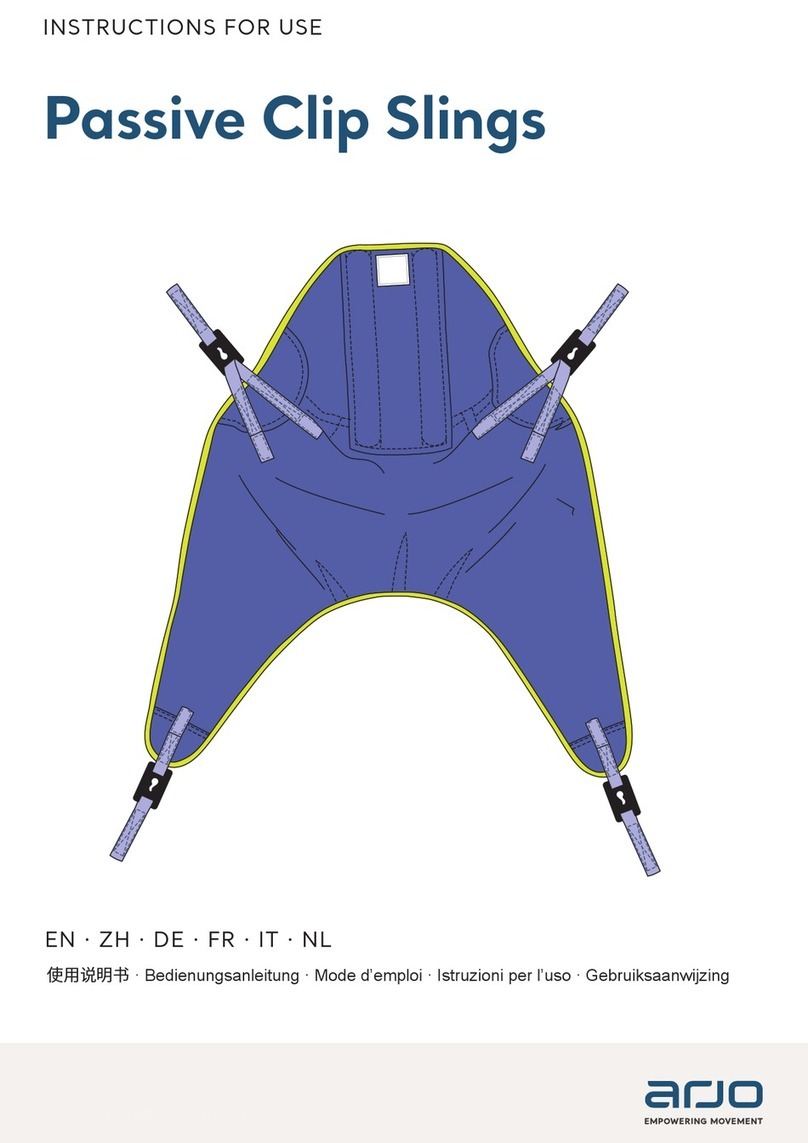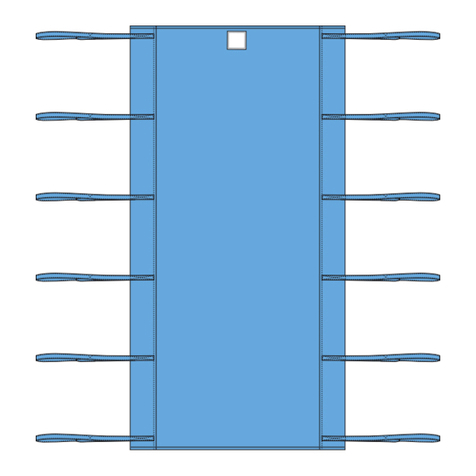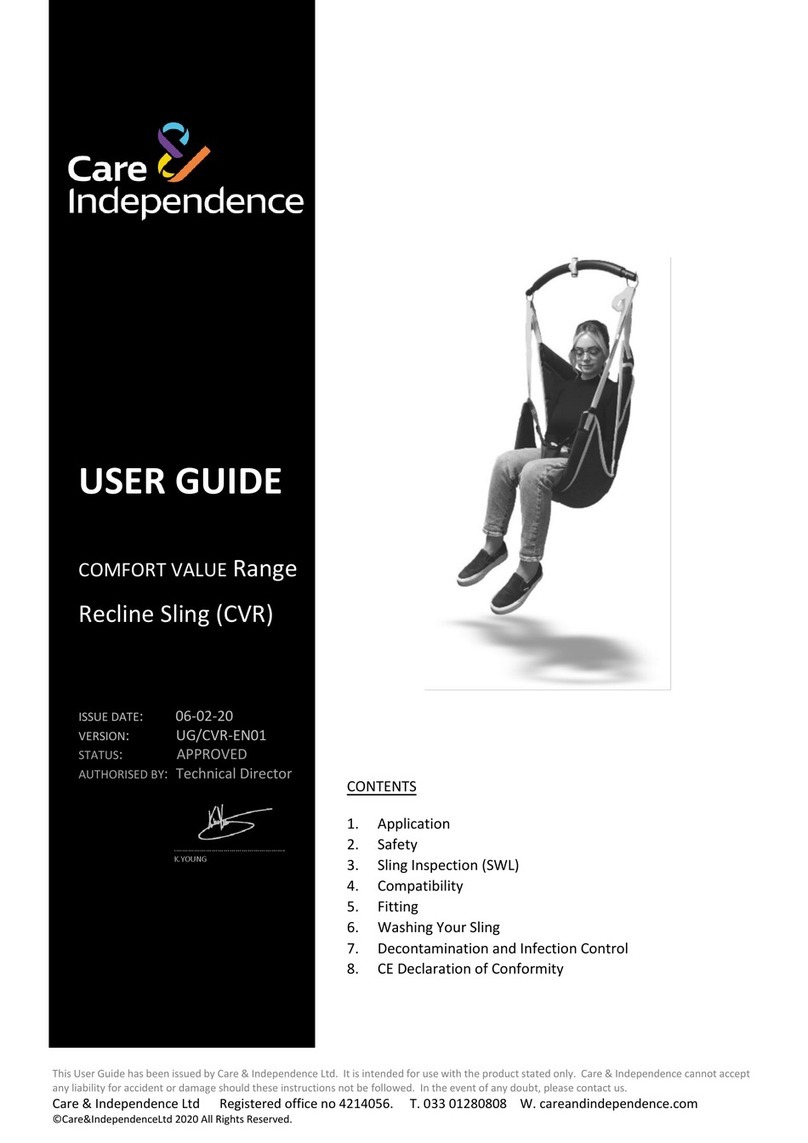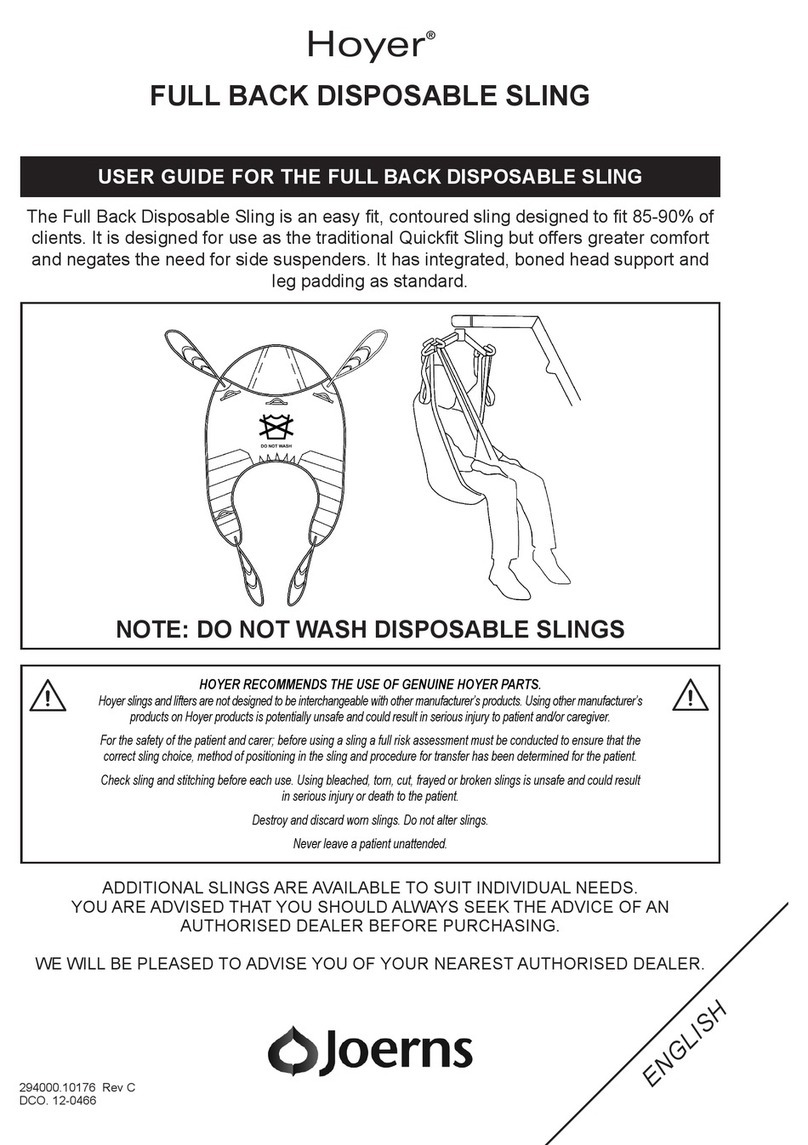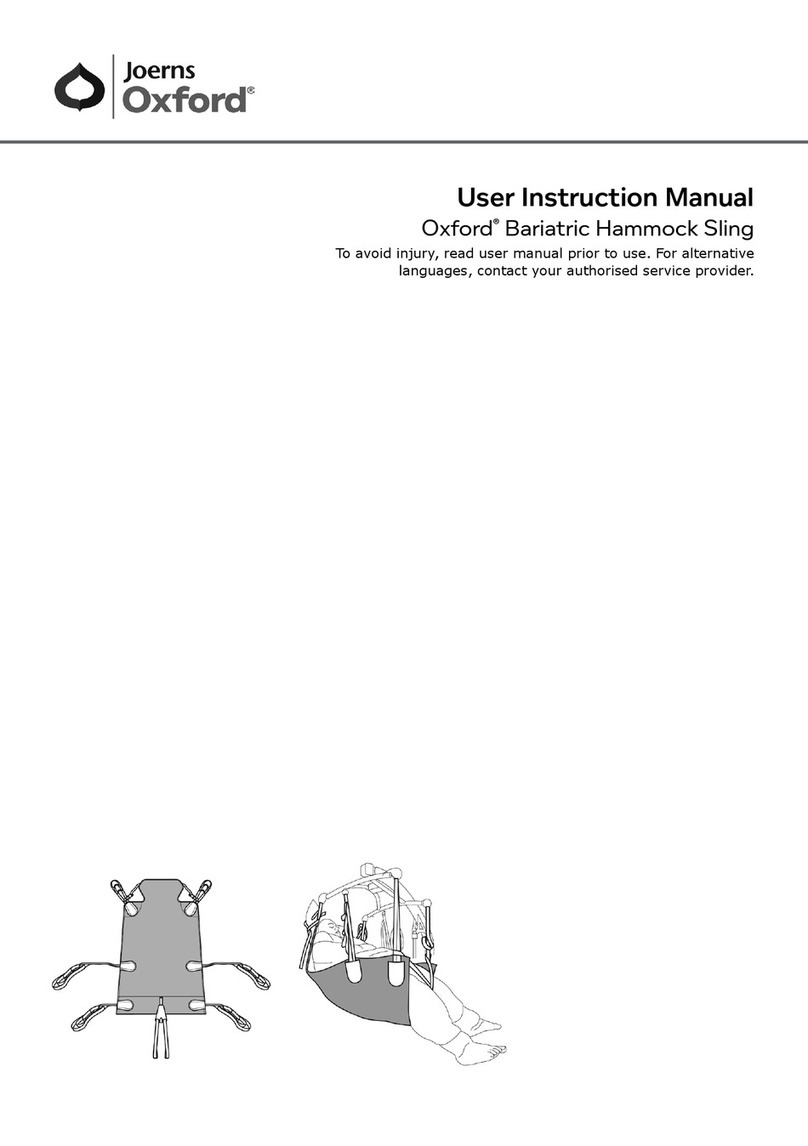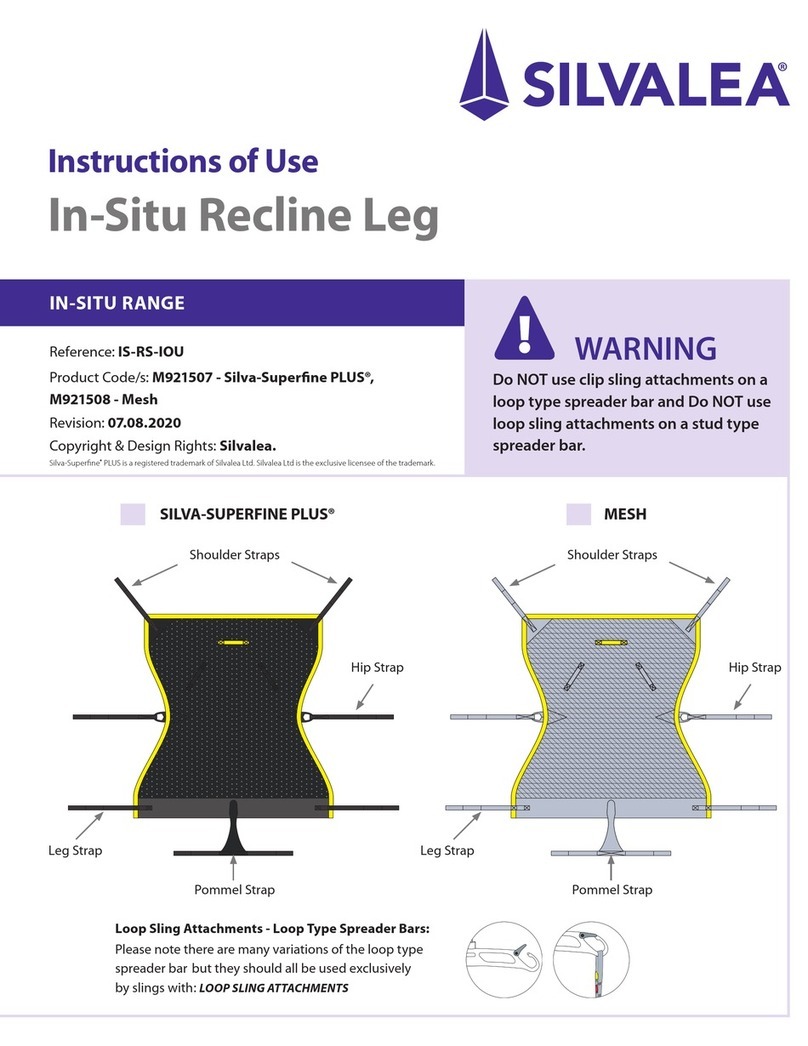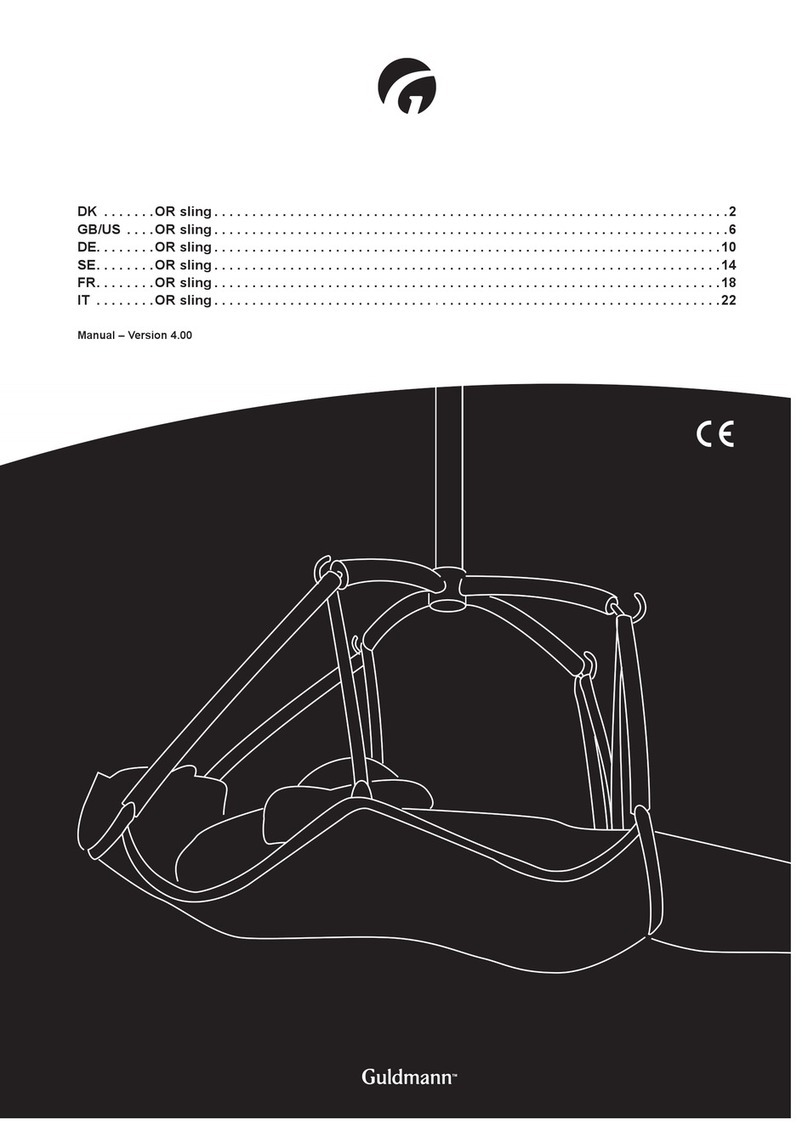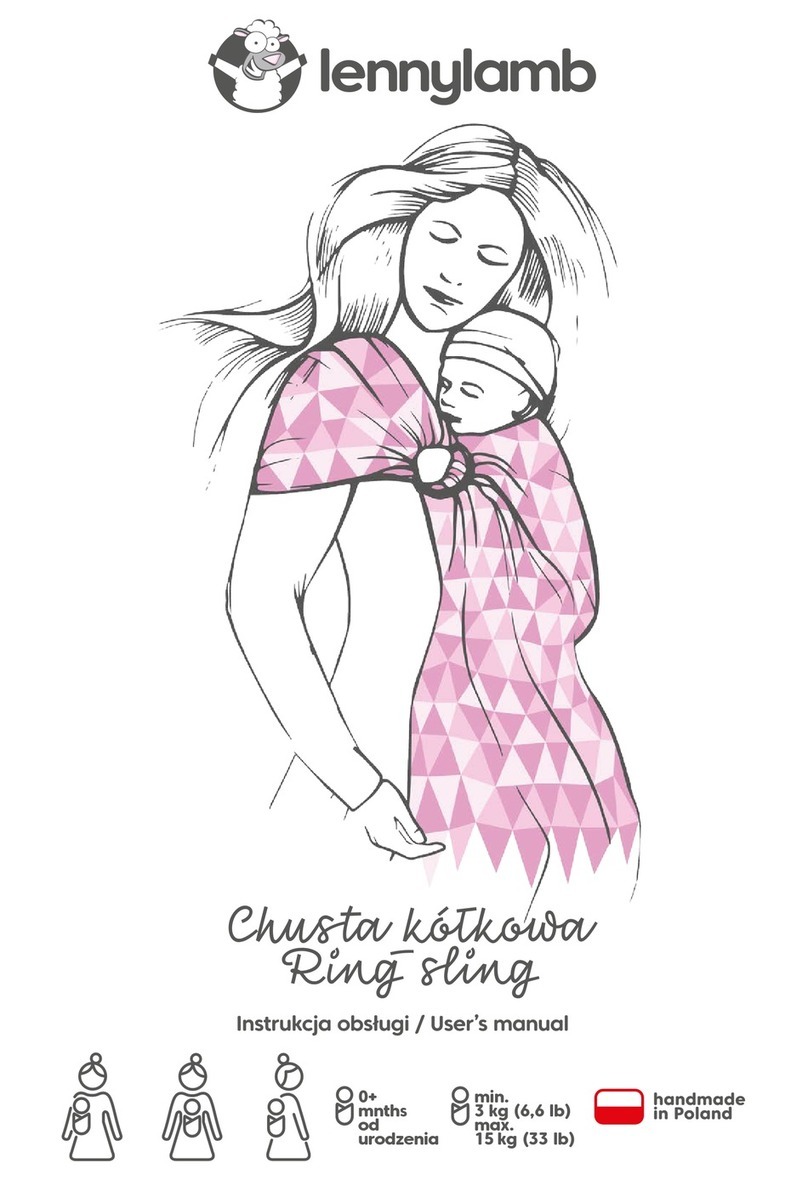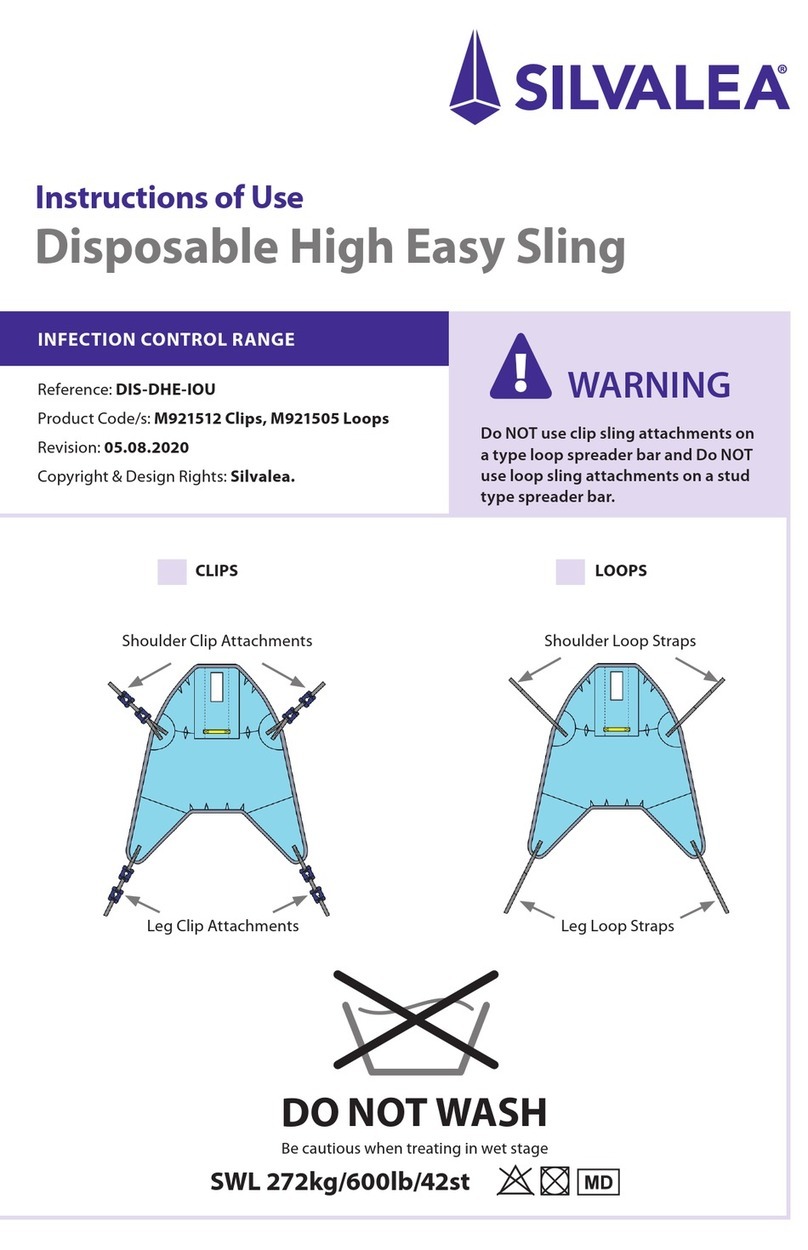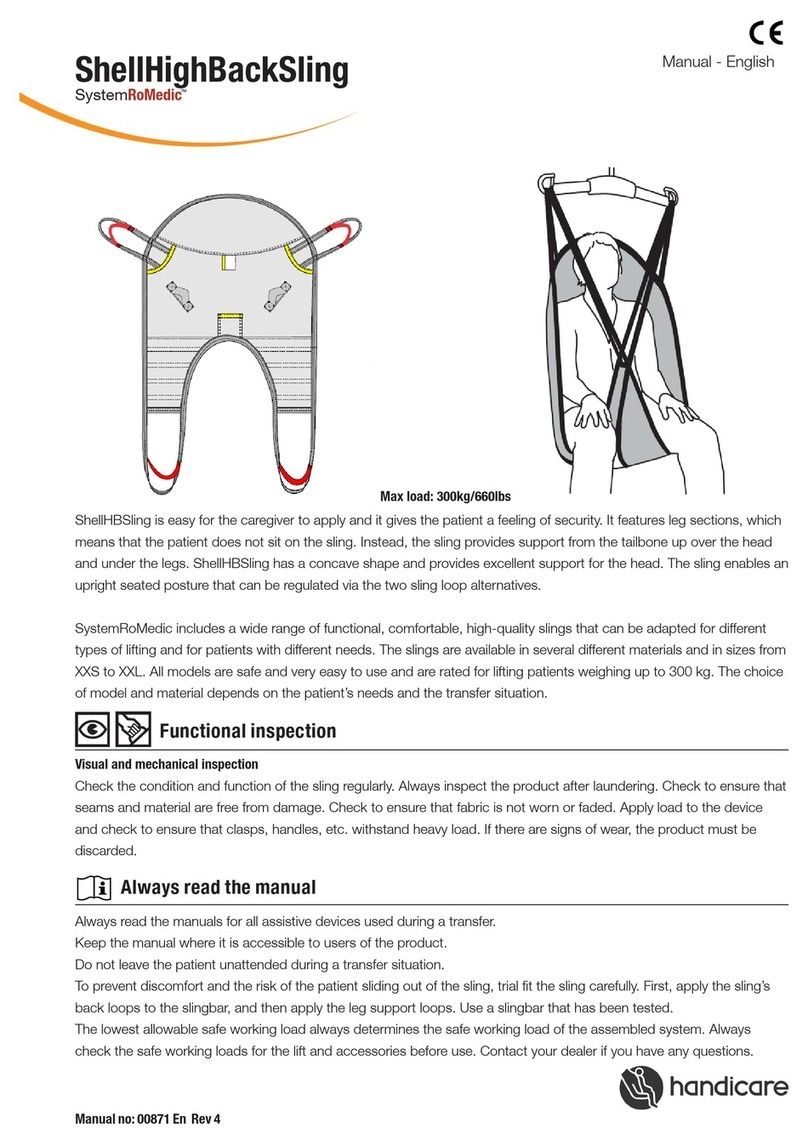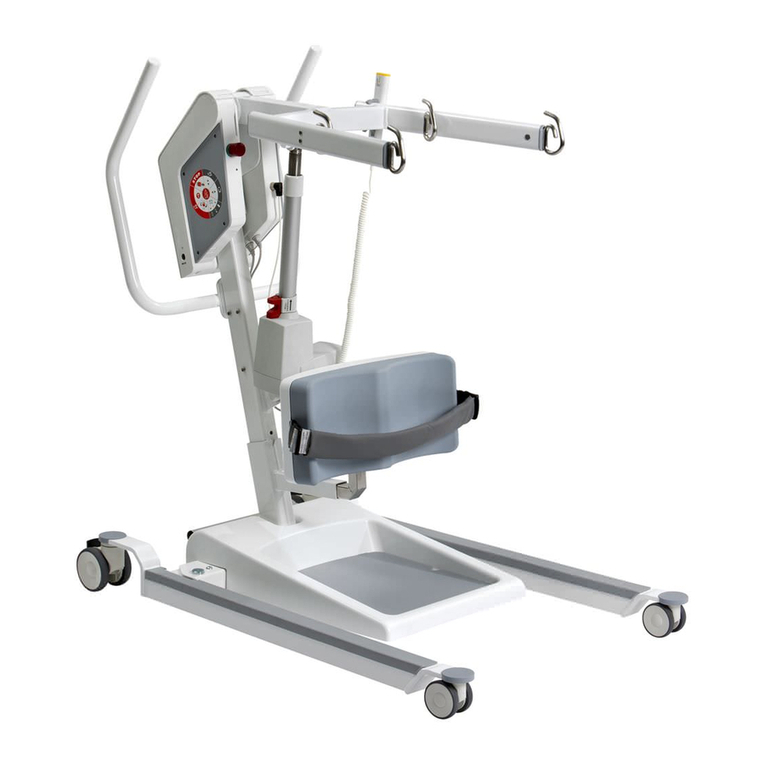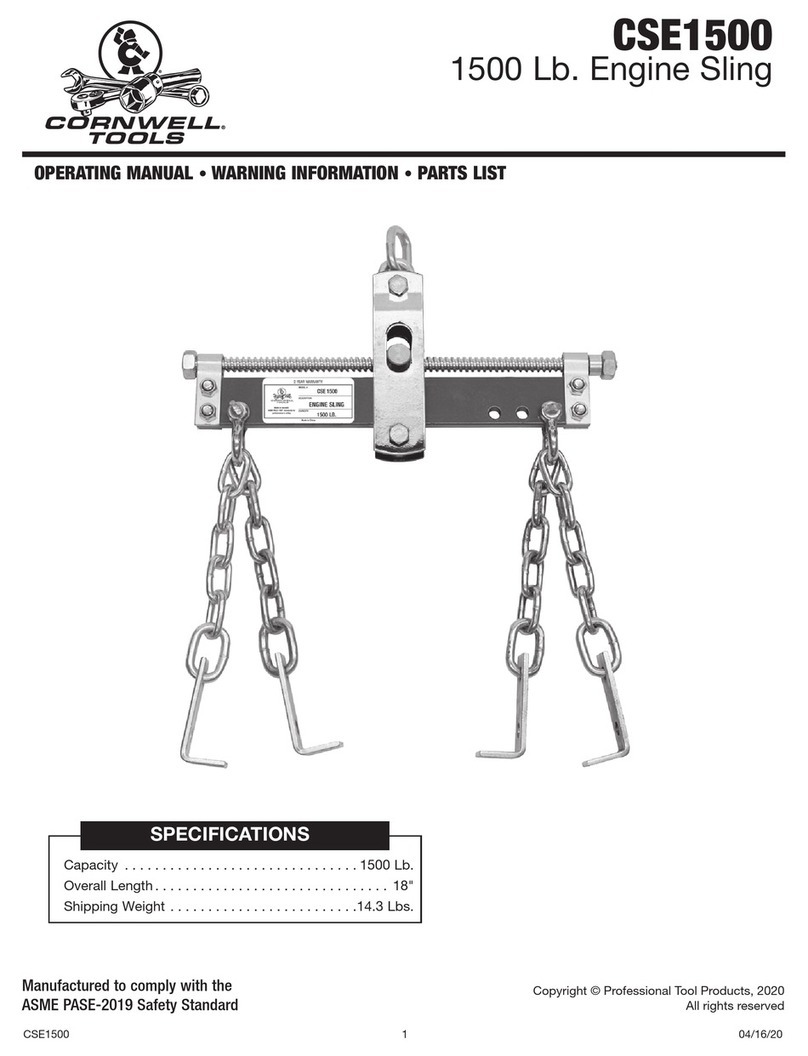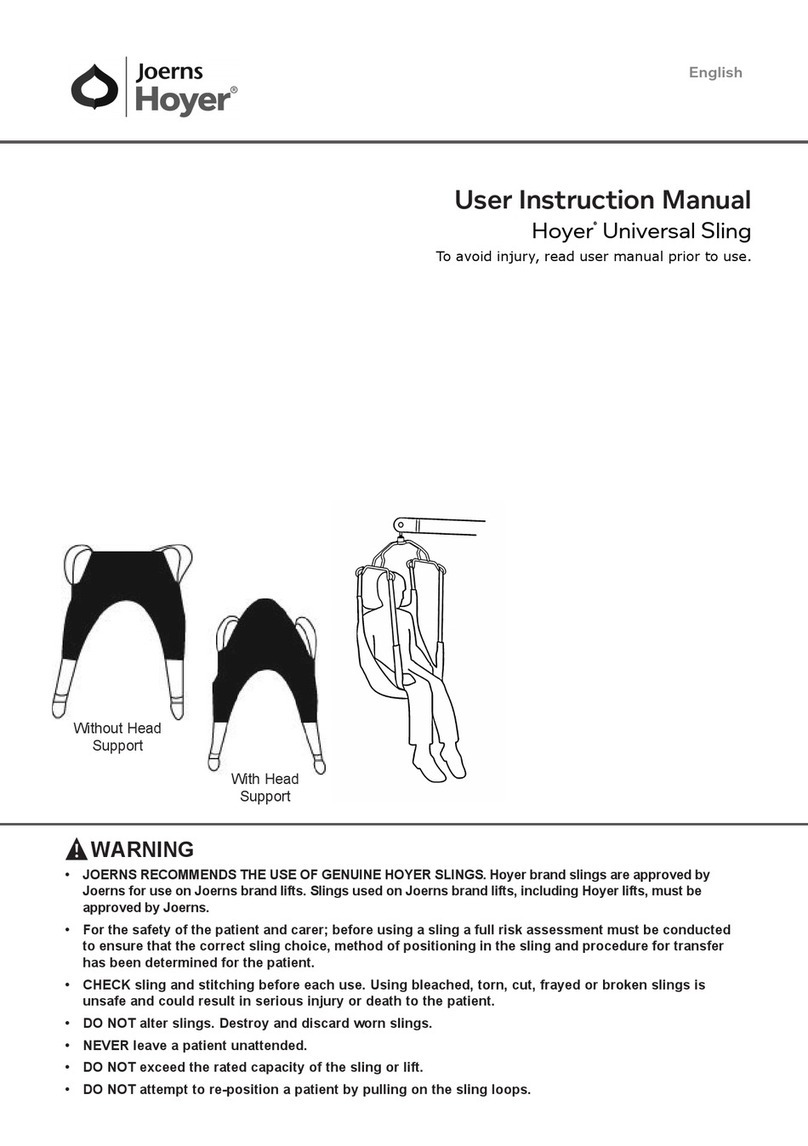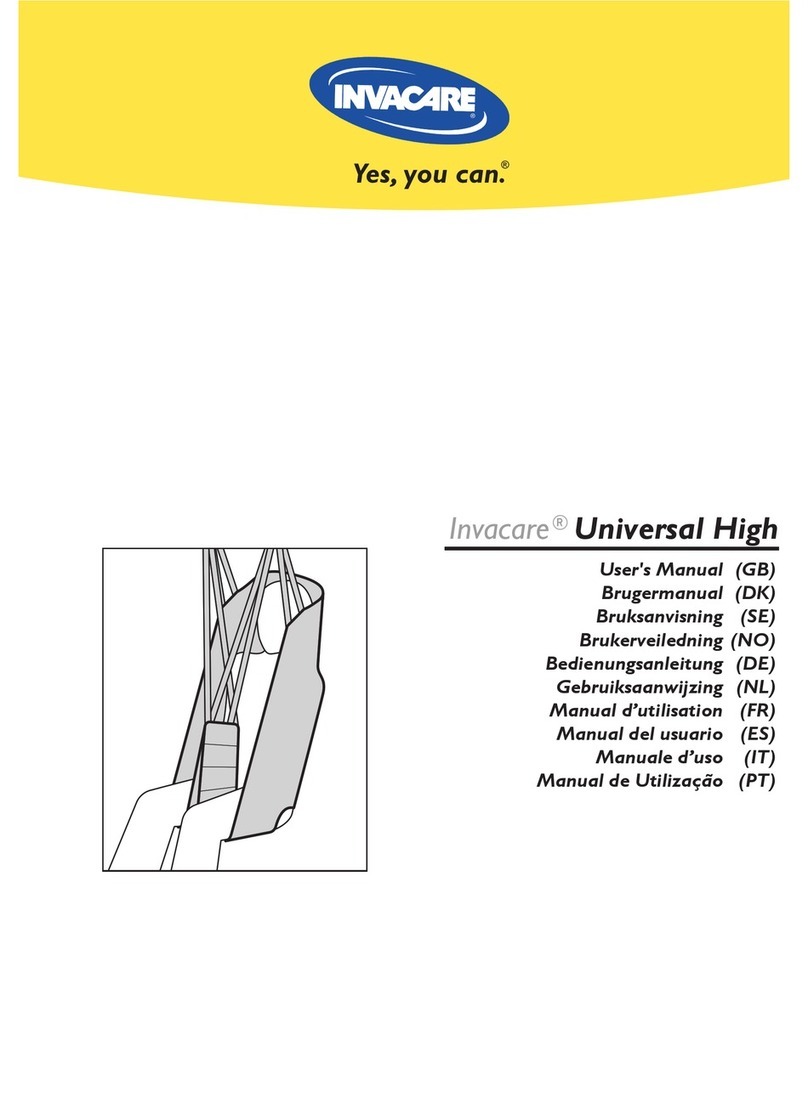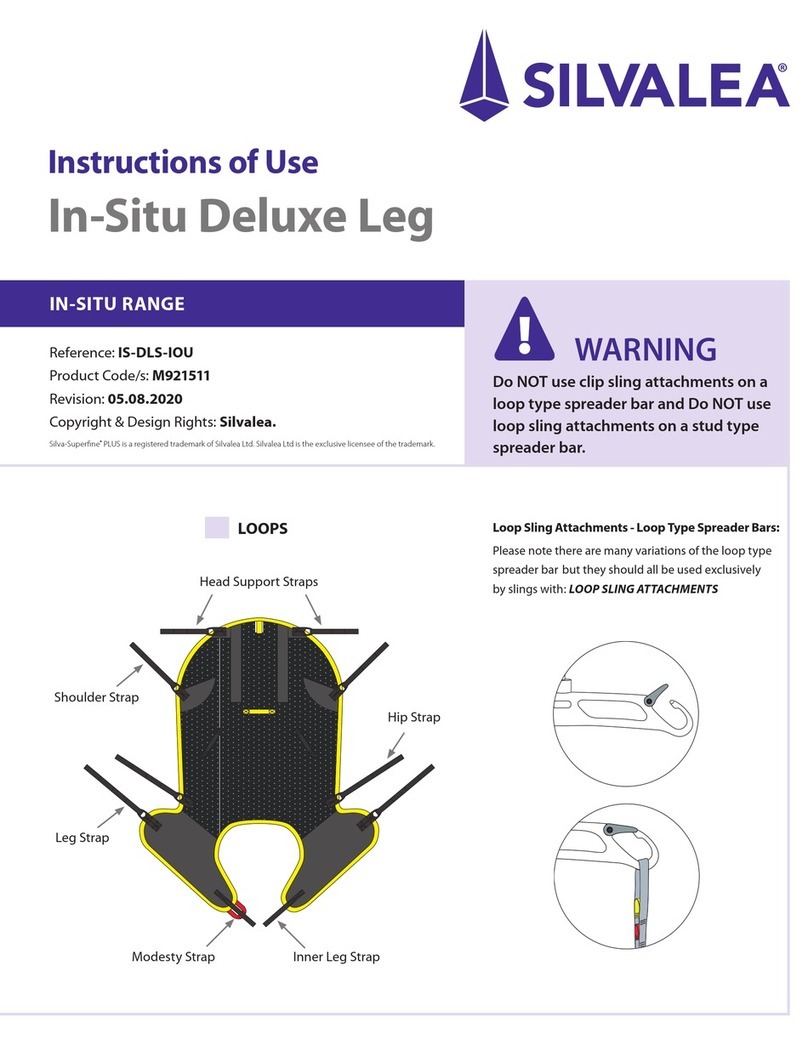
8
Lift Maxi Twin
Compact Maxi 500 Maxi Twin
SWL 160 kg
(352 lbs) 227 kg
(500 lbs) 182 kg (401 lbs)
Spreader Bar (DPS) Power Medium Manual Manual Medium Power
Sling SWL Size Size Size Size
MAA2050M 190 kg (418 lbs) S, M, L, LL, XL S, M, L, LL S, M, L, LL S, M, L, LL, XL
MAA2080M 190 kg (418 lbs) S, M, L, LL, XL S, M, L, LL S, M, L, LL S, M, L, LL
MAA2090M 272 kg (600 lbs) S, M, L, LL, XL S, M, L, LL S, M, L, LL S, M, L, LL, XL
MAA7090M 272 kg (600 lbs) M, L, XL M, L M, L M, L, XL
MAA2091M 272 kg (600 lbs) M, L, XL M, L M, L M, L, XL
MAA4040M 272 kg (600 lbs) M, L, XL M, L M, L M, L, XL
MAA4070M 272 kg (600 lbs) M, L, LL, XL M, L, LL M, L, LL M, L, LL, XL
MAA4080M 272 kg (600 lbs) M, L, LL, XL M, L, LL M, L, LL M, L, LL, XL
Lift Minstrel Maxi 500 Maxi Twin
SWL 190 kg
(418 lbs) 227 kg
(500 lbs) 182 kg (401 lbs)
Spreader Bar 4 point 2 point Loop 2 point Small 2 point
Medium 4 point
Large
Sling SWL Size Size Size Size Size
MLA7000 272 kg (600 lbs) M, L, XL S, M, L, XL S, M S, M,L, XL M, L, XL
MLA7000A 272 kg (600 lbs) L L - L L
Lift Maxi Move Maxi Sky 600
SWL 227 kg (500 lbs) 272 kg
(600 lbs)
Spreader Bar
(DPS)
Manual
Small Manual
Medium Power Medium Power Large Power
Medium
Sling SWL Size Size Size Size Size
MAA2050M 190 kg (418 lbs) S S, M, L, LL S, M, L, LL, XL L, LL, XL S, M, L, LL, XL
MAA2080M 190 kg (418 lbs) S S, M, L, LL S, M, L, LL L, LL S, M, L, LL
MAA2090M 272 kg (600 lbs) XS, S S, M, L, LL S, M, L, LL, XL L, LL, XL, XXL S, M, L, LL, XL
MAA7090M 272 kg (600 lbs) - M, L M, L, XL L, XL M, L, XL
MAA2091M 272 kg (600 lbs) - M, L M, L, XL L, XL M, L, XL
MAA4040M 272 kg (600 lbs) - M, L M, L, XL L, XL M, L, XL
MAA4070M 272 kg (600 lbs) - M, L, LL M, L, LL, XL L, LL, XL M, L, LL, XL
MAA4080M 272 kg (600 lbs) - M, L, LL M, L, LL, XL L, LL, XL M, L, LL, XL
Lift Maxi Move Maxi Sky
440 Maxi Sky
600
SWL 125 kg
(275 lbs) 227 kg (500 lbs) 200 kg
(440 lbs) 272 kg
(600 lbs)
Spreader Bar 2 point
Small 2 point
Medium 2 point
loop 4 point
loop Fix 2 point
Medium
Sling SWL Size Size Size Size Size Size
MLA7000 272 kg (600 lbs) S, M S, M, L, XL S, M, L, XL M, L, XL, S, M, L, XL S, M, L, XL
MLA7000A 272 kg (600 lbs) - L L L L L
EN
